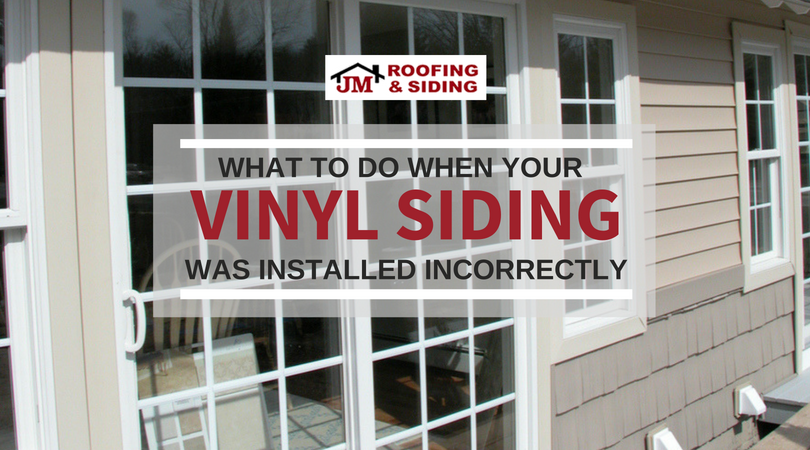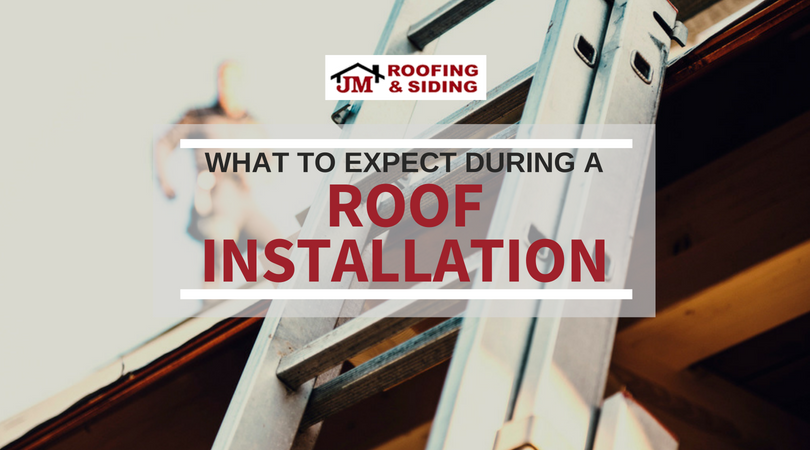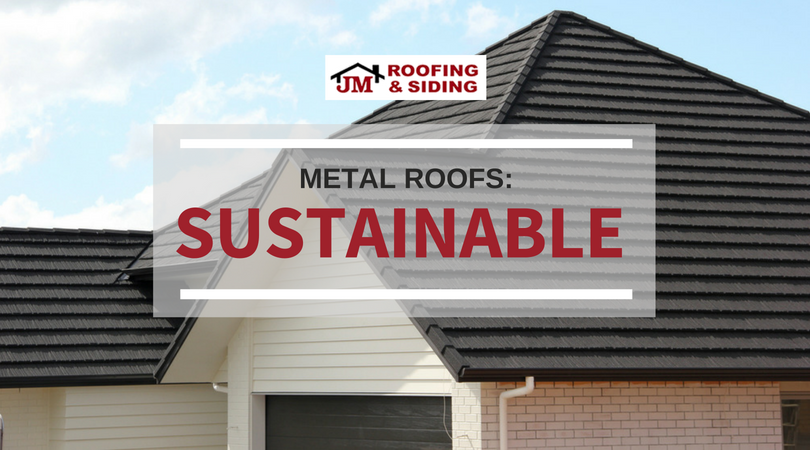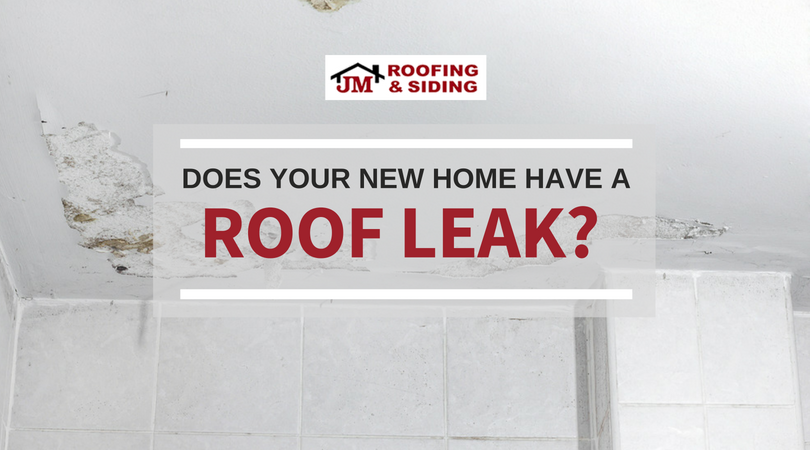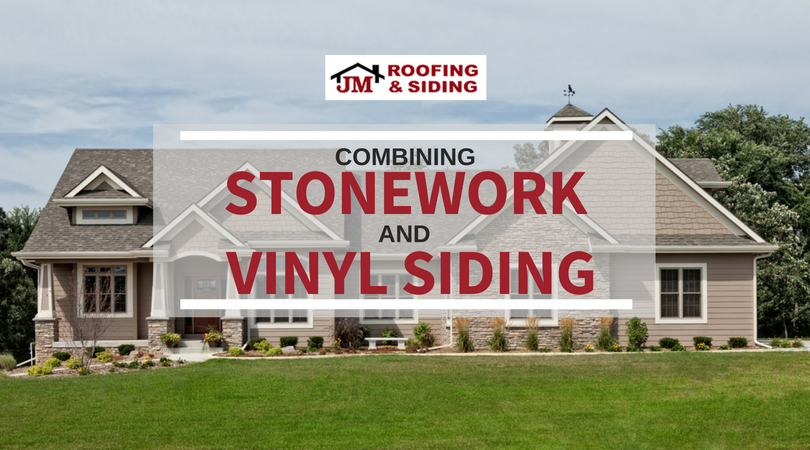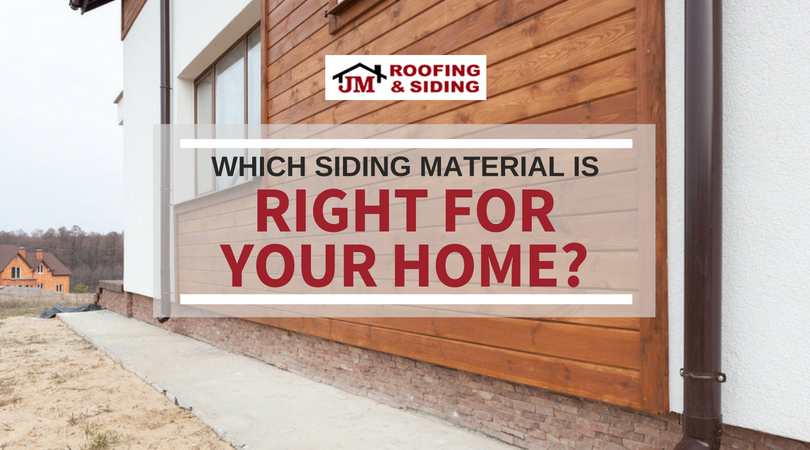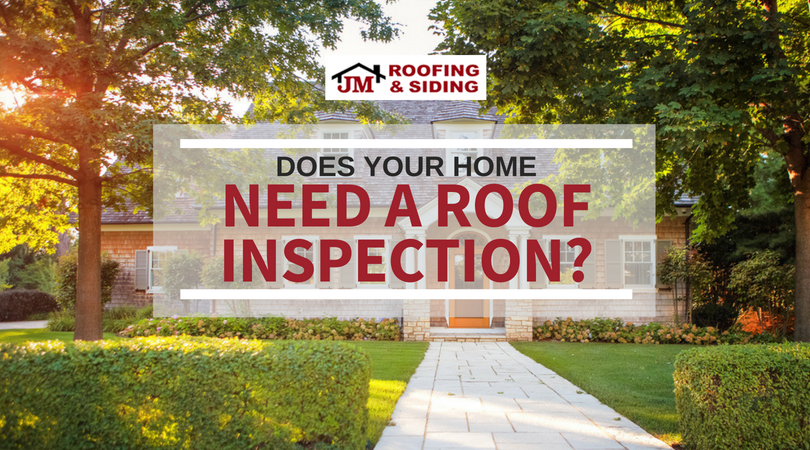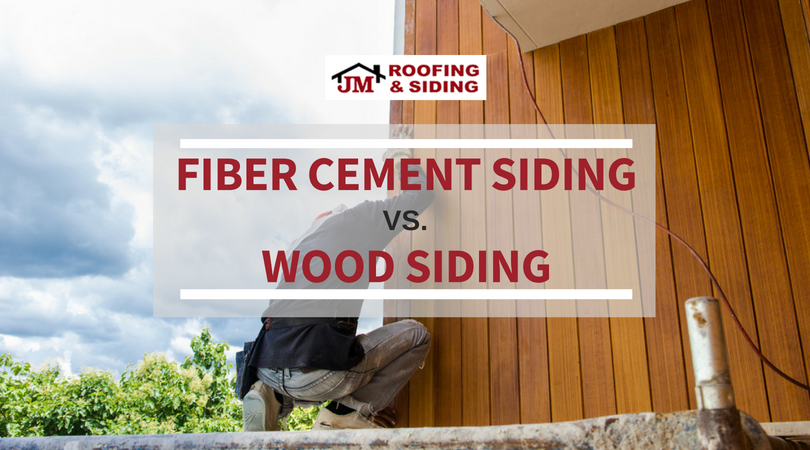Thinking about adding vinyl siding to your home? Good choice. It’s weather-resistant, rot-resistant, and comes in a wide variety of colors.
All the positive features aside, you still need a trustworthy and reputable contractor to install it properly. Trust us, you’ll know if your vinyl siding was incorrectly placed — you can spot the issues from a mile away.
Signs To Watch Out For
Warping
Vinyl siding must be hung from fasteners in order to allow room for expansion. If a contractor installs the fasteners too tightly, it can warp and buckle.
In order to see if your siding is warping, go outside and check to see if the individual pieces are able to wiggle about half an inch from one another. If they aren’t, then it was installed too tightly.
Moisture
Vinyl siding is not supposed to be tightly secured against your home, which means it will never be completely waterproof. That is, unless, you discuss with your contractor to install a moisture barrier under the siding!
If no moisture barrier was installed, water can easily build up and damage the exterior of your home.
Mold
If you end up with moisture you’ll end up with mold eventually as well. A good siding installer can help advise you of your options under this circumstance.
Whether your siding was installed improperly or not, issues can still arise that require a professional hand. The siding our fully licensed and insured technicians install will protect your home, save energy, improve the appearance and enhance the value of your property.
Contact JM Roofing & Siding today for a FREE siding estimate!

